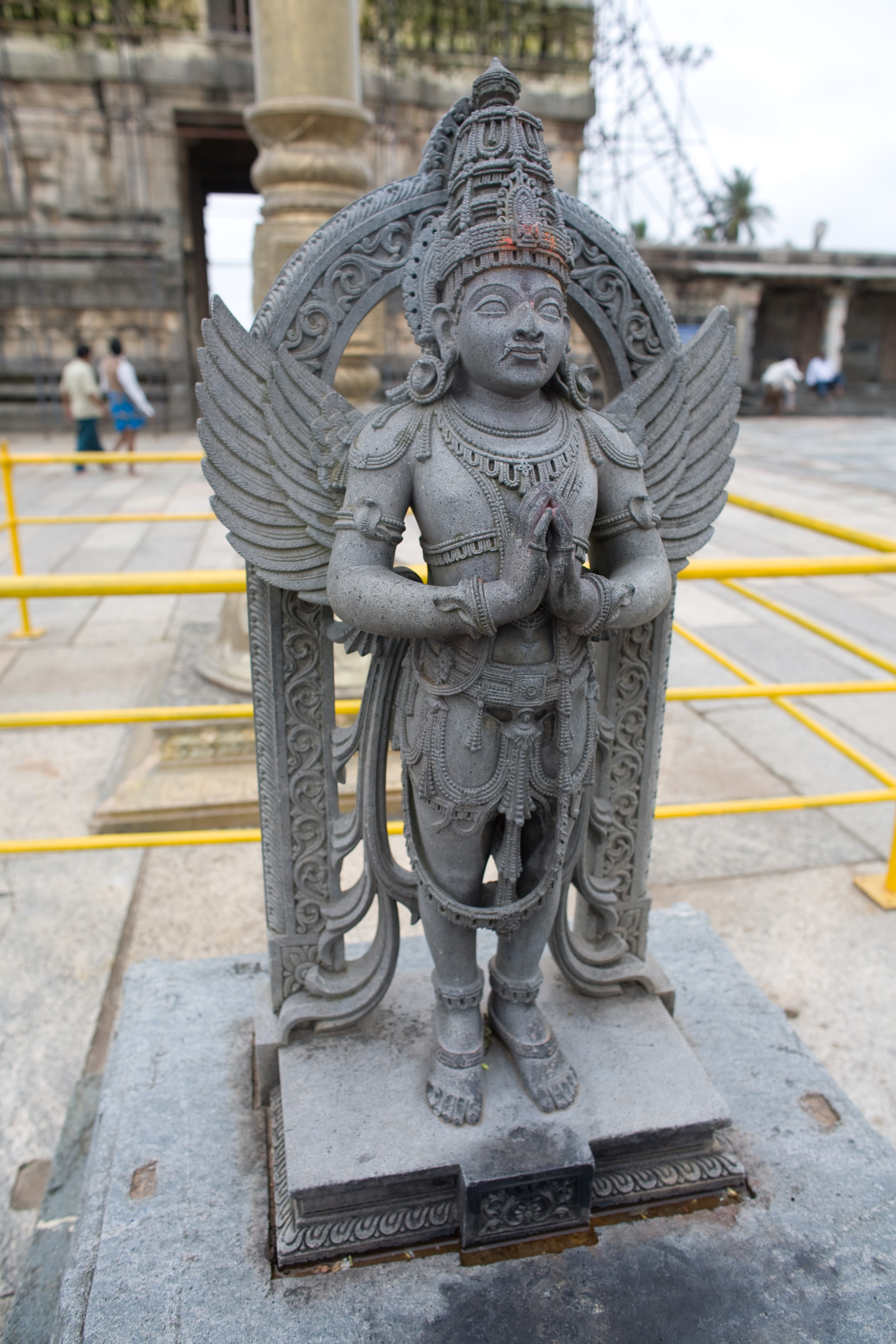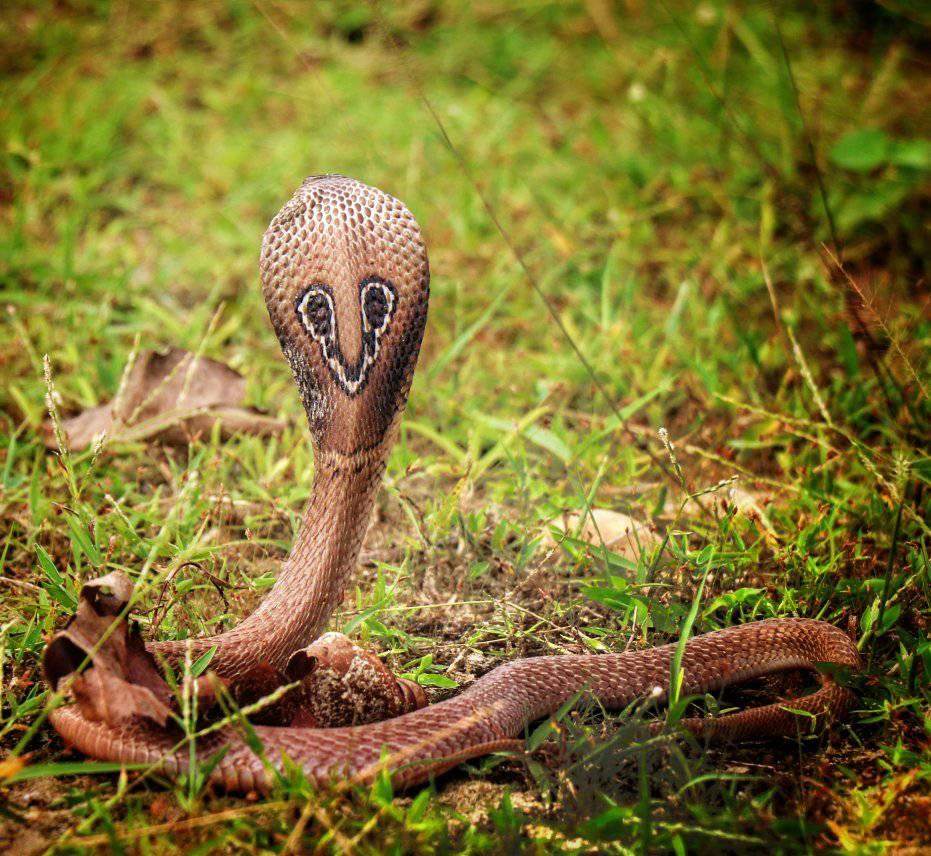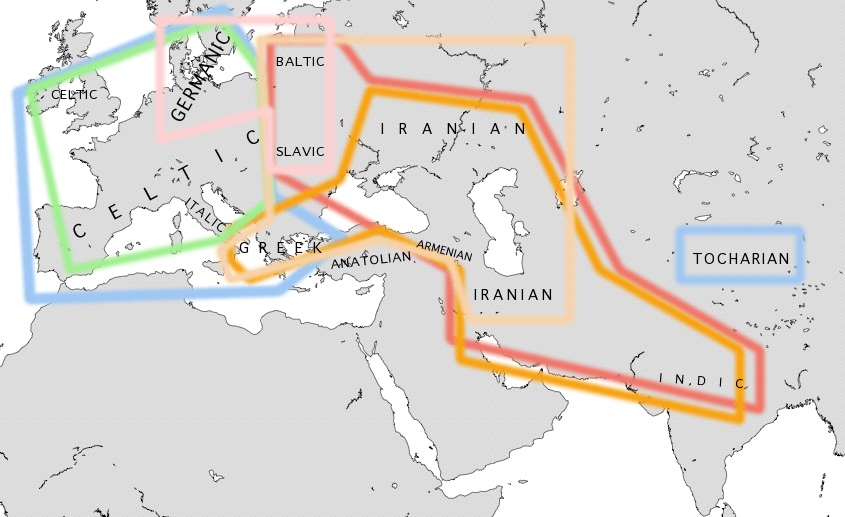|
Nāga
In various Asian religious traditions, the Nāgas () are a divine, or semi-divine, race of half-human, half-serpent beings that reside in the netherworld (Patala), and can occasionally take human or part-human form, or are so depicted in art. Furthermore, nāgas are also known as Dragon, dragons and Water spirit, water spirits. A female nāga is called a Nagin, or a Naiṇī Devī, Nagini. According to legend, they are the children of the sage Kashyapa and Kadru. Rituals devoted to these supernatural beings have been taking place throughout South Asia for at least 2,000 years. They are principally depicted in three forms: as entirely human with snakes on the heads and necks, as common serpents, or as half-human, half-snake beings in Hinduism and Buddhism. ''Nagaraja'' is the title given to the king of the nāgas. Narratives of these beings hold cultural significance in the mythological traditions of many South Asian and Southeast Asian cultures, and within Hinduism and Buddhism ... [...More Info...] [...Related Items...] OR: [Wikipedia] [Google] [Baidu] |
Devanagari
Devanagari ( ; in script: , , ) is an Indic script used in the Indian subcontinent. It is a left-to-right abugida (a type of segmental Writing systems#Segmental systems: alphabets, writing system), based on the ancient ''Brāhmī script, Brāhmī'' script. It is one of the official scripts of India, official scripts of India and Nepal. It was developed in, and was in regular use by, the 8th century CE. It had achieved its modern form by 1000 CE. The Devanāgarī script, composed of 48 primary characters, including 14 vowels and 34 consonants, is the fourth most widely List of writing systems by adoption, adopted writing system in the world, being used for over 120 languages, the most popular of which is Hindi (). The orthography of this script reflects the pronunciation of the language. Unlike the Latin alphabet, the script has no concept of letter case, meaning the script is a unicase, unicameral alphabet. It is written from left to right, has a strong preference for symmetri ... [...More Info...] [...Related Items...] OR: [Wikipedia] [Google] [Baidu] |
Nagaraja
A Nagaraja ( ', ) is a king of the various races of the nāga, the divine or semi-divine, half-human, half-serpent beings that reside in the netherworld ( Patala), and can occasionally take human form. Rituals devoted to these supernatural beings have been taking place throughout South Asia for at least two thousand years. Hinduism Hindu texts refer to three main beings by this title: Shesha, Takshaka, and Vasuki. All of them are the children of the rishi Kashyapa and Kadru. Shesha Shesha, also sometimes known as Ananta, is the eldest brother, and the first serpent king of all serpents. A devotee and a mount of Vishnu, he serves as the deity's bed and is named as the noblest of all nagas. He is the being that supports the earth, on the behest of the creator god, Brahma, obtaining the boon to stand ever firmly on the concept of dharma. Vasuki Vasuki is the second serpent king in Indian religions. He is a devotee of Shiva, who always wears the nāga around his neck. Tak ... [...More Info...] [...Related Items...] OR: [Wikipedia] [Google] [Baidu] |
Kadru
Kadru (, ) is usually regarded as the daughter of Daksha and the consort of the sage Kashyapa in Hindu scriptures. Kashyapa is the son of Marichi, who is a manasputra, manasaputra, a mind-born son of Brahma. Kadru is best known as the mother of the nāgas, nagas, the race of serpents. Legends of Kadru detail her relationship with her elder sister Vinata, who was also one of Kashyapa's many wives. In one story, Kadru and Vinata vie to bear the children of Kashyapa who are more powerful than the other. While Kadru gives birth to a thousand nagas, Vinata bears two sons, Aruṇa and Garuda. Kadru is also portrayed as more scheming and wily than Vinata. She challenges Vinata to guess the colour of the tail of Uchchaihshravas, the divine white horse. After Vinata says the tail is white, Kadru tricks Vinata by directing her sons to coil around the horse's tail, causing it to appear black. As a result, Vinata loses the bet and she and her sons are forced to become the slaves of Kadru ... [...More Info...] [...Related Items...] OR: [Wikipedia] [Google] [Baidu] |
Buddhism
Buddhism, also known as Buddhadharma and Dharmavinaya, is an Indian religion and List of philosophies, philosophical tradition based on Pre-sectarian Buddhism, teachings attributed to the Buddha, a wandering teacher who lived in the 6th or 5th century Before the Common Era, BCE. It is the Major religious groups, world's fourth-largest religion, with about 500 million followers, known as Buddhists, who comprise four percent of the global population. It arose in the eastern Gangetic plain as a movement in the 5th century BCE, and gradually spread throughout much of Asia. Buddhism has subsequently played a major role in Asian culture and spirituality, eventually spreading to Western world, the West in the 20th century. According to tradition, the Buddha instructed his followers in a path of bhavana, development which leads to Enlightenment in Buddhism, awakening and moksha, full liberation from ''Duḥkha, dukkha'' (). He regarded this path as a Middle Way between extremes su ... [...More Info...] [...Related Items...] OR: [Wikipedia] [Google] [Baidu] |
Patala
In Indian religions, Patala ( Sanskrit: पाताल, IAST: pātāla, lit. ''that which is below the feet''), denotes the subterranean realms of the universe – which are located under the earthly dimension. Patala is often translated as underworld or netherworld. Patala is described as more beautiful than Svarga (subtle dimensions, loosely translated as heaven). Patala is described as filled with splendid jewels, beautiful groves and lakes. In Vajrayana Buddhism, caves inhabited by asuras are entrances to Patala; these asuras, particularly female asuras, are often "tamed" (converted to Buddhism) as dharmapala or dakinis by famous Buddhist figures such as Padmasambhava. In Hindu cosmology, the universe is divided into the three worlds: Svarga, Bhumi or Martya (earth/mortal plane) and Patala (gross dimensions, the underworld). Patala is composed of seven realms/dimensions or lokas, the seventh and lowest of them is also called Patala or Naga-loka, the region of ... [...More Info...] [...Related Items...] OR: [Wikipedia] [Google] [Baidu] |
Indian Cobra
The Indian cobra (''Naja naja /na''dʒa nadʒa/), also known Common name, commonly as the spectacled cobra, Asian cobra, or binocellate cobra, is a species of Naja, cobra, a venomous snake in the Family (biology), family Elapidae. The species is native to the Indian subcontinent, and is a member of the "Big Four (Indian snakes), big four" species that are responsible for the most snakebite cases in India. The Indian cobra is revered in Hindu mythology and Hinduism#Culture, culture, and is often seen with snake charmers. It is a protected species under the ''Wild Life (Protection) Act, 1972, Indian Wildlife Protection Act'' (1972). Taxonomy The Genus, generic name and the Species, specific epithet ''naja'' is a Latinisation of the Sanskrit language, Sanskrit word () meaning "cobra". The Indian cobra is classified under the genus ''Naja'' of the family Elapidae. The genus was first described by Josephus Nicolaus Laurenti in 1768. The species ''Naja naja'' was first described ... [...More Info...] [...Related Items...] OR: [Wikipedia] [Google] [Baidu] |
Hoysala
The Hoysala Kingdom was a kingdom originating from the Indian subcontinent that ruled most of what is now Karnataka, India, Karnataka, parts of Tamilnadu and South-Western Telangana between the 11th and the 14th centuries Common Era, CE. The capital of the Hoysalas was initially located at Belur, Karnataka, Belur, but was later moved to Halebidu. The Hoysala rulers were originally from Malenadu, an elevated region in the Western Ghats. In the 12th century, taking advantage of the internecine warfare between the Western Chalukya Empire and Kalachuris of Kalyani, the Hoysalas annexed areas of present-day Karnataka and the fertile areas north of the Kaveri delta in present-day Tamil Nadu. By the 13th century, they governed most of Karnataka, north-western Tamil Nadu and parts of western Andhra Pradesh in the Deccan Plateau (Now Telangana). The Hoysala era was an important period in the development of South Indian art, architecture, and religion. The Kingdom is remembered today pr ... [...More Info...] [...Related Items...] OR: [Wikipedia] [Google] [Baidu] |
Cognate
In historical linguistics, cognates or lexical cognates are sets of words that have been inherited in direct descent from an etymological ancestor in a common parent language. Because language change can have radical effects on both the sound and the meaning of a word, cognates may not be obvious, and it often takes rigorous study of historical sources and the application of the comparative method to establish whether lexemes are cognate. Cognates are distinguished from loanwords, where a word has been borrowed from another language. Name The English term ''cognate'' derives from Latin , meaning "blood relative". Examples An example of cognates from the same Indo-European root are: ''night'' ( English), ''Nacht'' ( German), ''nacht'' ( Dutch, Frisian), ''nag'' (Afrikaans), ''Naach'' ( Colognian), ''natt'' ( Swedish, Norwegian), ''nat'' ( Danish), ''nátt'' ( Faroese), ''nótt'' ( Icelandic), ''noc'' ( Czech, Slovak, Polish), ночь, ''noch'' ( Russian), но� ... [...More Info...] [...Related Items...] OR: [Wikipedia] [Google] [Baidu] |
Proto-Indo-European Language
Proto-Indo-European (PIE) is the reconstructed common ancestor of the Indo-European language family. No direct record of Proto-Indo-European exists; its proposed features have been derived by linguistic reconstruction from documented Indo-European languages. Far more work has gone into reconstructing PIE than any other proto-language, and it is the best understood of all proto-languages of its age. The majority of linguistic work during the 19th century was devoted to the reconstruction of PIE and its daughter languages, and many of the modern techniques of linguistic reconstruction (such as the comparative method) were developed as a result. PIE is hypothesized to have been spoken as a single language from approximately 4500 BCE to 2500 BCE during the Late Neolithic to Early Bronze Age, though estimates vary by more than a thousand years. According to the prevailing Kurgan hypothesis, the original homeland of the Proto-Indo-Europeans may have been in the Pon ... [...More Info...] [...Related Items...] OR: [Wikipedia] [Google] [Baidu] |
Patanjali
Patanjali (, , ; also called Gonardiya or Gonikaputra) was the name of one or more author(s), mystic(s) and philosopher(s) in ancient India. His name is recorded as an author and compiler of a number of Sanskrit works. The greatest of these are the '' Yoga Sutras'', a classical yoga text. Estimates based on analysis of this work suggests that its author(s) may have lived between the 2nd century BCE and the 5th century CE. An author of the same name is credited with the authorship of the classic text on Sanskrit grammar named '' Mahābhāṣya'', that is firmly datable to the 2nd century BCE, and authorship of medical texts possibly dating from 8th-10th centuries CE. The two works, ''Mahābhāṣya'' and ''Yoga Sutras'', are completely different in subject matter, and Indologist Louis Renou has shown that there are significant differences in language, grammar and vocabulary. Before the time of Bhoja (11th century), no known text conflates the identity of the two authors. The ... [...More Info...] [...Related Items...] OR: [Wikipedia] [Google] [Baidu] |
Indo-European S-mobile
The Indo-European languages are a language family native to the northern Indian subcontinent, most of Europe, and the Iranian plateau with additional native branches found in regions such as Sri Lanka, the Maldives, parts of Central Asia (e.g., Tajikistan and Afghanistan), Armenia, and areas of southern India. Historically, Indo-European languages were also spoken in Anatolia. Some European languages of this family— English, French, Portuguese, Russian, Spanish, and Dutch—have expanded through colonialism in the modern period and are now spoken across several continents. The Indo-European family is divided into several branches or sub-families, including Albanian, Armenian, Balto-Slavic, Celtic, Germanic, Hellenic, Indo-Iranian, and Italic, all of which contain present-day living languages, as well as many more extinct branches. Today, the individual Indo-European languages with the most native speakers are English, Spanish, Portuguese, Russian, Hindustani, ... [...More Info...] [...Related Items...] OR: [Wikipedia] [Google] [Baidu] |






